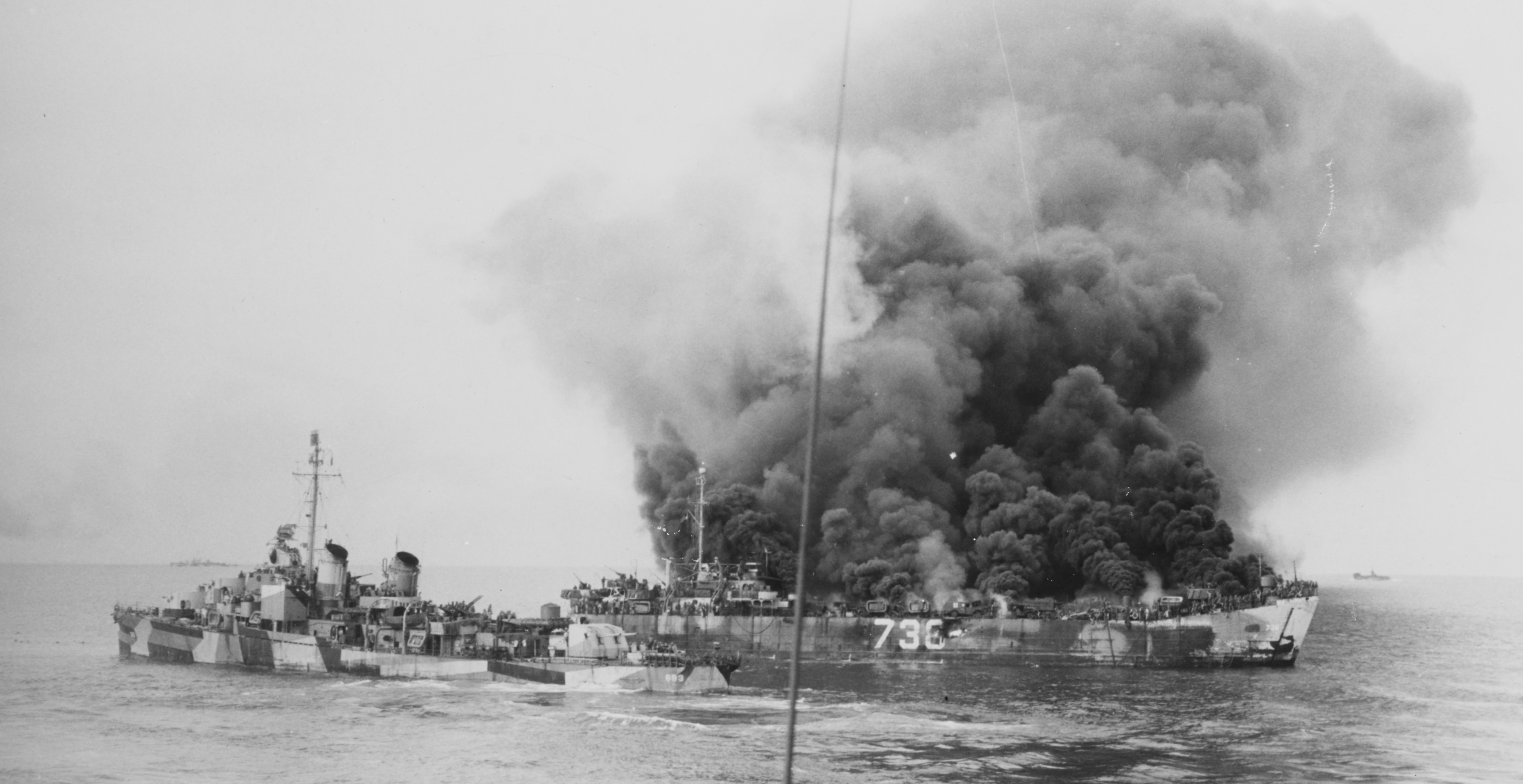
American Sea Power Project Panel Remarks
With my new American Sea Power vendible coming out soon, I thought it would be worthwhile to post my opening remarks from American Sea Power Project Panel at the Defense Forum Washington last December.
In my article, “Sea Tenancy and Writ of the Sea Remain Essential,“ I emphasized the standing relevance of sea tenancy and writ of the sea as concepts. I challenged readers to think well-nigh them increasingly broadly, to revisit what we midpoint by them, and not stay wedded to interpretations that are all too often narrow in scope.
In his article, Dr. Lambert pointed out that Alfred Thayer Mahan emphasized the importance of naval power in a globalized economy, but Dr. Lambert moreover noted that what Mahan is weightier remembered for is an accent on decisive clashes between wrestle fleets. That’s unfortunate, and I believe that, over the years, we have made the same mistake with how we think well-nigh sea tenancy and writ of the sea. We’ve wilt too tactical. We think well-nigh them too narrowly. We need to return to a global, strategic perspective.
For Writ of the Sea, I used Dr. Rubel’s definition—that it is a “strength relationship in which the weaker navy elects not to directly races the stronger.” I am sure he will say increasingly well-nigh that, but the key factor in his analysis, towers off George Modelski and William R. Thompson’s typesetting Sea Power in Global Politics—is that Writ of the Sea must be considered in global terms. A global perspective is essential for considering the size and strength of navies… and what they have the potential to do.
The Navy’s potential for whoopee is where Sea Tenancy comes into play. I used Julian Corbett’s definition. He said Sea Tenancy is the worthiness to “control the maritime communications of all parties concerned.” I cited the Wrestle of Ormoc Bay, fought on the night of 2 December 1944, to illustrate the rencontre of exerting Sea Control. Even without the significant victory at Leyte Gulf the previous October, exerting sea tenancy virtually the island of Leyte was a challenge. One of the three US Navy destroyers that entered Ormoc Bay that night was lost. The others failed to destroy the Japanese reinforcement convoy they sought. There will be similar challenges in the future and the Navy must be prepared for them.
But it must moreover be prepared to think differently. Corbett’s definition of sea tenancy is expressly valuable considering it is extensive. “Maritime communications” can midpoint anything that flows on or unelevated the sea. I pointed out examples of Sea Tenancy that fit with this definition and that involve increasingly than battles with combatant ships. One example was undersea cables. Historically, one method of exerting sea tenancy was to cut an enemy’s undersea liaison lines, and—if possible—force their communications to pass through your own. There are famous examples from the Spanish-American War and World War I. The number of undersea cables has grown significantly since. How might the Navy exploit that fact? How will it protect those cables upon which the global economic system depends?
Another unconfined example of Sea Tenancy comes from Dr. Lambert, whose typesetting Planning Armageddon showed that surpassing World War I, the Royal Navy extended the concept of Sea Tenancy to the spritz of credit through the global financial network. His wringer explains how the Royal Navy planned to combine Writ of the Sea with tenancy over the global trading system to swoon the German economy. As Dr. Lambert explained, the plan failed, arguably considering it was working too well, and considering the impact on other nations—especially neutral countries like the United States—was too great. However, the broader point is well made. Sea Tenancy is well-nigh much increasingly than shipping. It’s well-nigh the spritz of goods and services increasingly generally. It’s a ways for combining military and economic power to unlock new strategic alternatives. What alternatives should the Navy be considering in the 21st century?
 The Defence Blog
The Defence Blog